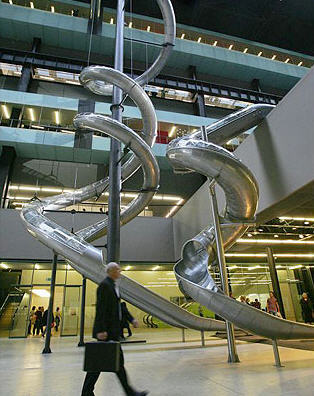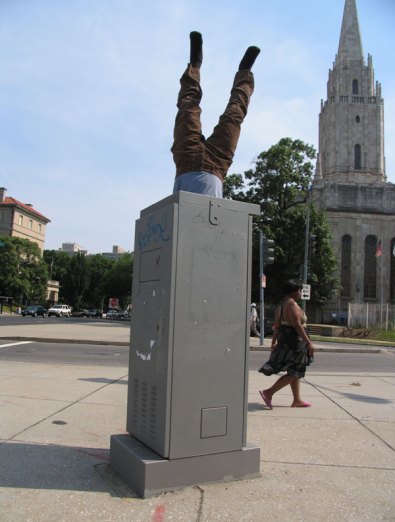Singing is one of the ways the ancient Hebrews remembered their history and their commission. The Psalms are songs of praise to YHWH rooted in the Law of the Lord. This patterns starts immediately after the crossing of the Red Sea. A song is composed to memorialize this event and YHWH’s redeeming hand in the midst of it.
The psalms climb to the heights of human joy and drop down to the depths of grief and lamentation. While focused on the objective unchanging Law of the Lord and the story of God’s people, these songs give full expression to human emotion and human experience. By singing the songs, the listener begins to enter into the story and world of the people of God.
Music integrates words, emotions, imagination and body. Singing requires both our breath and our thoughts. In one sense, dance is the song moving and expressing through all the members of the body. In music (song and dance), there is movement between words and ideas, and in this movement hidden connections may be revealed.
This is not irrational. Instead, it might said that music fulfills the real, objective connections between realities that may not be obvious otherwise. Because melodies can bend backwards, overlap and play atop one another, we can see multiple connections between notes that might be difficult to see if we were simply staring at a score.
These connections between notes are like connections between ideas and action and vision. Humans are connected in relational ways that may not be obvious to the human eye. For instance, I cannot see a physical connection between father and son but they are connected on multiple levels. Extend this outward between man and man, man and creature and even man and objects, and I may discover many more connections than I ever imagined.
The Church Fathers expressed this connection as perechoresis and rooted this idea in the Triune God: the Father, the Son, and the Spirit (one God in three persons). Perechoresis is sometimes expressed as the loving dance between Father, Son and Spirit. In the dance, we cannot distinguish between Father, Son and Spirit. They are one, and yet they are three.
They extended this idea of a loving dance to all creation and all the spheres. The whole cosmos is created to reflect the loving dance of God. Every particular person and thing in creation is distinct and yet all are created to move in a harmony of love. Music helps us to experience, remember, see these connections.
Thus music can stir vision by revealing unexpected connections and by rehearsing ideas in my body and memory.
Art and Vision
Developing out from the power of remembering in stories and song, we begin to see how all the arts express this memory in different ways. Painting, poetry, drama, architecture and all the arts put this music into forms: some more solid (permanent) than others.


